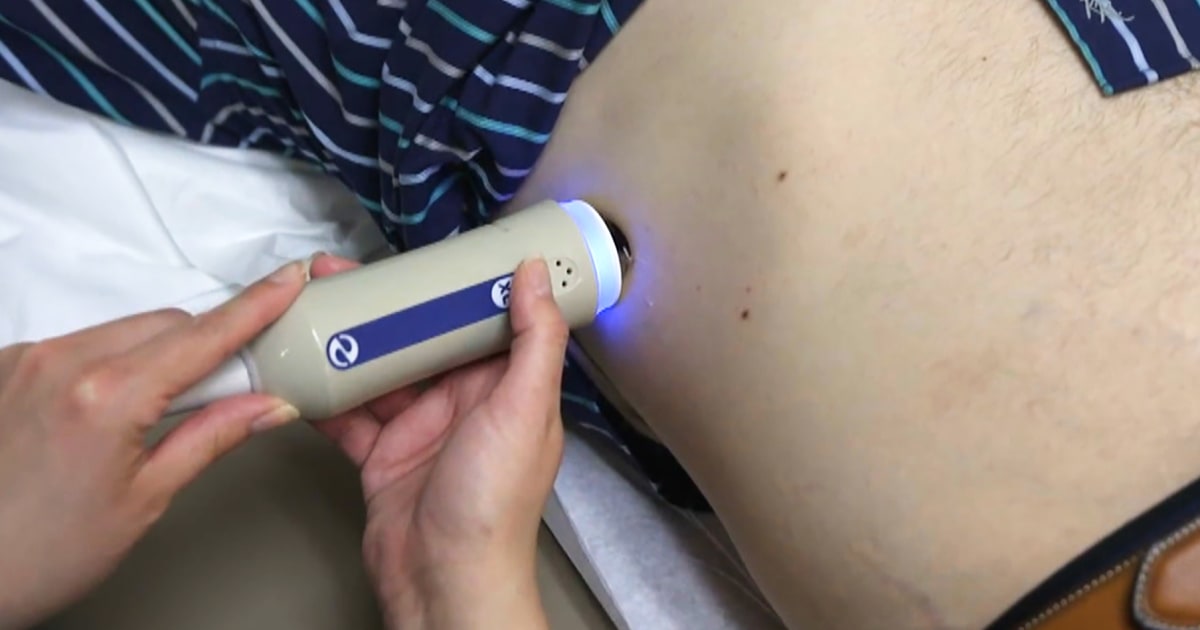As the sun sets on another evening, the hum of social gatherings and parties fill the air. For many young adults, these social events are a chance to let loose, have fun, and temporarily forget about the stresses of everyday life. But behind the laughter and good times, a growing concern is brewing. The number of young adults requiring liver transplants due to alcohol-related liver damage is on the rise, and experts are sounding the alarm.

According to recent statistics, the rates of liver transplants among 20- to 39-year-olds have increased by a staggering 30% over the past decade. This alarming trend is not only a concern for the individual, but also for society as a whole. As the burden on our healthcare system grows, so does the emotional and financial toll on families and communities.

The Rise of Liver Transplants Among Young Adults

A growing number of young Americans are drinking their way onto the organ transplant list – particularly women. According to the National Institutes of Health, alcohol is the top cause of liver disease. Dr. James Burton, a liver transplant expert in Colorado, says this is a new and alarming shift.
A decade ago, it was mostly men in their 50s and 60s who needed liver transplants, he noted. However, now we’re seeing more women, particularly younger women in their 20s and 30s, who are in need of liver transplants.
“We started seeing not only more women, but [more] younger women in their 20s and 30s,” Burton, a professor of medicine and gastroenterology at the University of Colorado School of Medicine, told Unionjournalism. “I had never seen young women need liver transplants at that age – and that is not unique to us. That is a problem across America.”
Some patients in need of alcohol-related liver transplants are as young as their early 20s and started drinking alcohol in their teenage years, Burton said. Alcohol-related liver disease leads to nearly 50% of all liver transplant surgeries, he noted.

The Pandemic’s Impact
Things took a turn during COVID-19 lockdowns, when more people drank excessively at home. Plus, women process alcohol differently than men, Burton cautioned.
“There are people who maybe don’t drink every day, but they drink heavily on the weekends – and maybe have eight to 10 drinks. That’s equally bad,” Burton said.

The Consequences of Excessive Drinking
The effects of heavy drinking on the liver, including cirrhosis, scarring, and failure, and the devastating impact on quality of life. The various health problems associated with excessive drinking, such as liver disease, kidney failure, and increased risk of cancer.
The psychological toll of addiction, including anxiety, depression, and suicidal thoughts, and the importance of addressing mental health alongside physical health.
Personal Stories of Recovery
Emma Lillibridge, 31, said she never thought she would become a liver transplant recipient. The Colorado woman went to the hospital with an illness and was shocked to discover the extent of her health issues, she told Unionjournalism.
“I had no idea what I was walking into. I went into the hospital thinking I had pneumonia and left with a new liver five weeks later,” Lillibridge said.
By the time Lillibridge was 30, she was told she needed a transplant to save her life. She is now sharing her story to help save others.
Lillibridge received her liver transplant surgery in October 2023. She told Unionjournalism that she is now sober, healthy and back on her feet.
Austin’s Story
Austin Johnson, 33, struggled with heavy drinking, his liver damage, and his road to recovery, highlighting the importance of seeking help and support.
Johnson said, “It was normal to me, coming home after work, getting drunk, calling friends up drunk, playing video games drunk.”
He started to feel sick, and not just from hangovers. He was vomiting profusely and coughing up blood, early symptoms of liver damage.
His doctor ran blood tests, and the results were frightening. “They said, ‘How are you still walking? You need to get to an emergency room right now,’” Johnson recalled.
Hope for Recovery
There are many inspiring stories of people who have overcome addiction and are living healthy, sober lives. Resources are available for those seeking help.
Addressing the Problem
Medical Solutions
The development of new programs combining medical care with mental health and addiction treatment, and their success in preventing relapse.
Dr. Jessica Mellinger, a liver specialist, and doctors at the University of Michigan Medical School, developed a new type of program that combines immediate medical care for liver disease with mental health and addiction care.
“We’re definitely seeing younger and younger patients coming in with what we previously thought was advanced liver disease seen in patients only in their middle age, 50s and 60s,” said Mellinger.
Prevention and Education
The importance of education and awareness campaigns to prevent excessive drinking, particularly among young adults, and the role of healthcare providers in addressing the issue.
Unionjournalism consulted with Dr. James Burton, a liver transplant expert, to understand more about alcohol use disorder, increased disease and deaths related to alcohol, impacts on liver transplantation, and how people can reduce their alcohol use.
According to Burton, the symptoms of alcohol use disorder can range from mild to moderate to extreme. Addiction experts identify people as having alcohol use disorder or problem drinking when a person is experiencing two or more of the following symptoms:
- Consuming a larger amount of alcohol than intended over a longer period of time
- Persistent desire to reduce or control alcohol use
- Unsuccessful attempts to reduce alcohol use
- Cravings for alcohol
- Failure to fulfill major work, school or home obligations due to alcohol use
- Giving up important work or social activities due to alcohol use
- Recurrent alcohol use when it’s physically hazardous
- Physical symptoms of withdrawal after reducing alcohol use or quitting drinking
Support Systems
The value of support groups, family therapy, and counseling in helping individuals overcome addiction and maintain sobriety.
Conclusion
In conclusion, the alarming surge in alcohol-related liver transplants among young adults is a pressing concern that demands immediate attention. The statistics are stark: a significant increase in liver transplants among individuals under the age of 30, with a disproportionate impact on women. The root cause of this epidemic lies in the escalating rates of binge drinking and heavy alcohol consumption, often facilitated by social media and peer pressure. The consequences are severe, with liver damage, cirrhosis, and even death being the grim reality for many.
The significance of this trend cannot be overstated. It not only highlights the devastating effects of excessive drinking on individual health but also underscores the need for a comprehensive approach to address the issue. Healthcare providers, policymakers, and educators must join forces to raise awareness, develop effective prevention strategies, and provide support for those struggling with addiction. Moreover, the economic burden of liver transplants, estimated to be in the millions, serves as a stark reminder of the broader societal implications.
As we move forward, it is essential to acknowledge the complexity of this issue and the need for a multifaceted response. We must also recognize the critical role that social media and online platforms play in perpetuating harmful behaviors. By working together to promote responsible drinking habits, support those affected, and challenge harmful cultural norms, we can mitigate the devastating impact of alcohol-related liver transplants on our young adults. As we face this crisis head-on, we must remember that every life lost to excessive drinking is a preventable tragedy, and that it is our collective responsibility to act now and ensure a healthier, safer future for generations to come.
